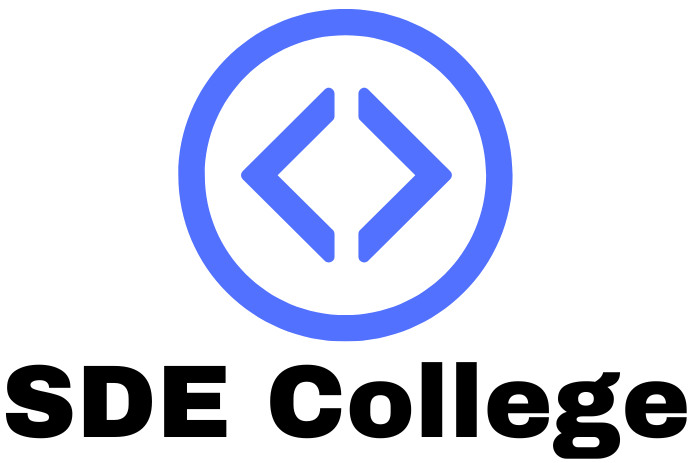Introduction to Web Development: How to Become a Web Developer
Introduction to Web Development: How to Become a Web DeveloperEvery day, more people are jumping into the world of web development and for good reason — building a website is easier than ever before. With just a few clicks, anyone can create a stunning digital presence with minimal effort. But if you want to create a truly successful website, it takes more than just a few clicks — it takes skill and dedication.
Whether you’re an aspiring web developer wanting to sharpen your skills or a complete beginner trying to break into the field, this guide will provide you with the foundational knowledge and tools needed to become a successful web developer. We’ll go through the basics of web development, the different types of web development, and then dive into the most popular programming languages and tools that are essential for any aspiring web developer.
What is Web Development?
Web development is the process of creating and maintaining a website or web application. It’s a broad term that encompasses many different disciplines and skills, such as programming, web design, database management, and content management. Put simply, web development combines the art and science of designing, writing, and editing code in order to create effective websites and applications.
Depending on your background and expertise, you may choose to specialize in one or more areas of web development. For example, if you’re a designer, you might focus on creating visually appealing designs and web page layouts. If you’re a programmer, you could specialize in writing software for web applications. Depending on your level of experience, you might even be able to combine the two and deliver professional-level websites and applications.
Types of Web Development
No matter which area you specialize in, there are many different types of web development available. The most common include front-end development (also known as client-side development) and back-end development (also known as server-side development).
Front-end web development focuses on the visual aspect of websites and applications, as well as user experience. This includes anything from designing page layouts and organizing content and images, to writing code for interactive elements, such as forms and animation.
Back-end development, on the other hand, deals with the “behind-the-scenes” aspects of software development. It includes tasks such as setting up databases, designing algorithms, and writing server-side code to power each website or application.
Programming Languages and Tools
Once you’ve determined which type of web development you want to pursue, the next step is to learn the necessary skills and tools. While there are dozens of programming languages and technologies out there, this section will focus on the most popular ones used by aspiring web developers.
HTML and CSS
HTML (HyperText Markup Language) and CSS (Cascading Style Sheets) are two of the core web development languages. HTML is used to structure content on web pages, while CSS is used to style the content and layout. They form the foundation of any website, and learning both will give you the basic skills needed to start creating websites.
JavaScript
If you want to add more interactivity to websites and applications, JavaScript is the language for you. This scripting language allows you to create dynamic features, such as pop-up windows and interactive forms. There are also several JavaScript libraries and frameworks that you can use to quickly create feature-rich websites.
PHP
If you want to create web applications, learning PHP (Hypertext Preprocessor) is essential. This general-purpose scripting language was designed for web development, and is used to generate dynamic web page content. Many popular content management systems, such as WordPress, are based on PHP.
MySQL
For database-driven applications, MySQL is the go-to database language. This powerful language allows you to store, query, and manage data in a secure and efficient way. Once you learn the basics of SQL (Structured Query Language), you can easily set up, query, and update data in relational databases.
Conclusion
Becoming a successful web developer doesn’t happen overnight — it requires dedication and a lot of practice. But with the right foundational knowledge and skills, you can put yourself on the right path to success. Hopefully, this guide has provided you with a good understanding of web development and how to get started. Good luck!












